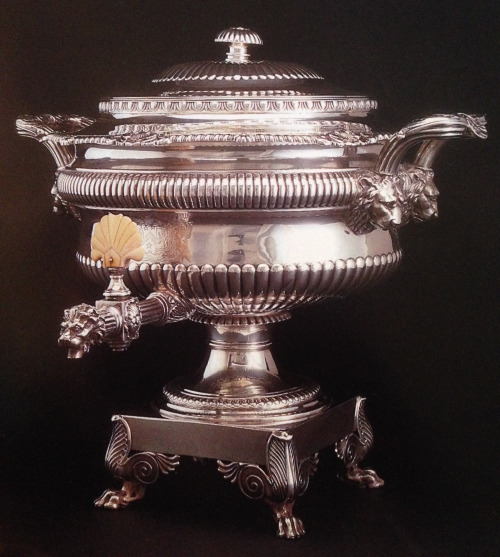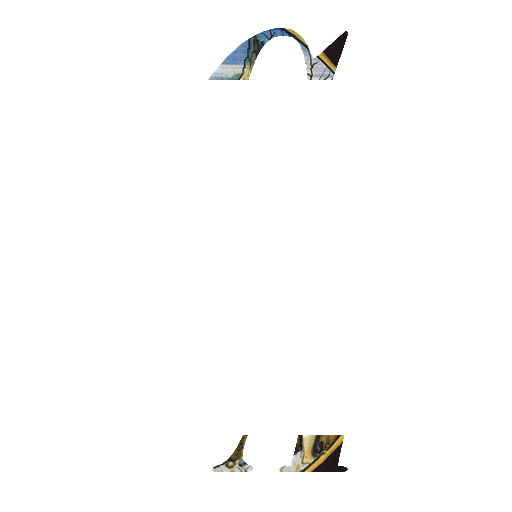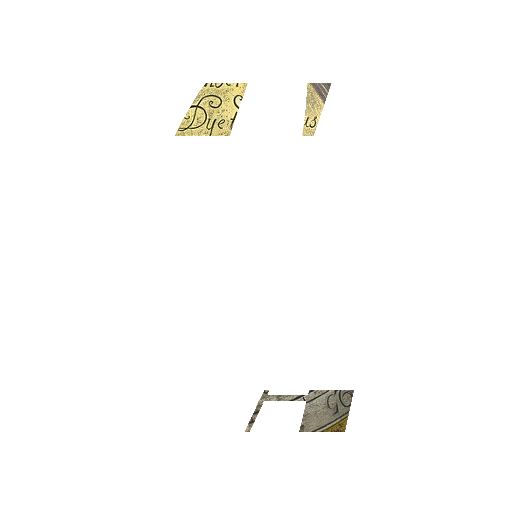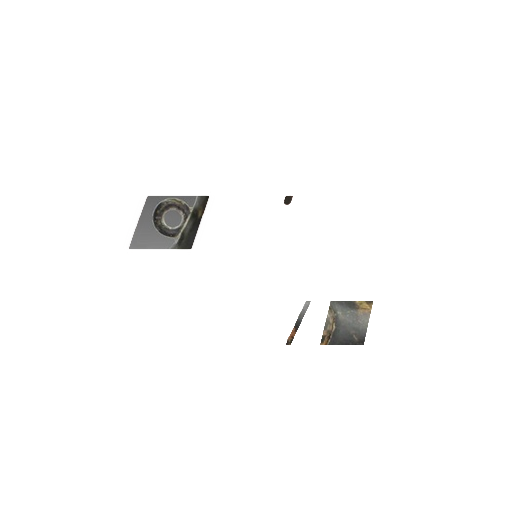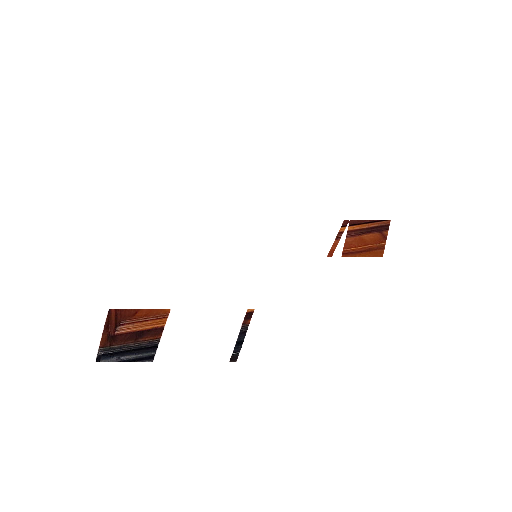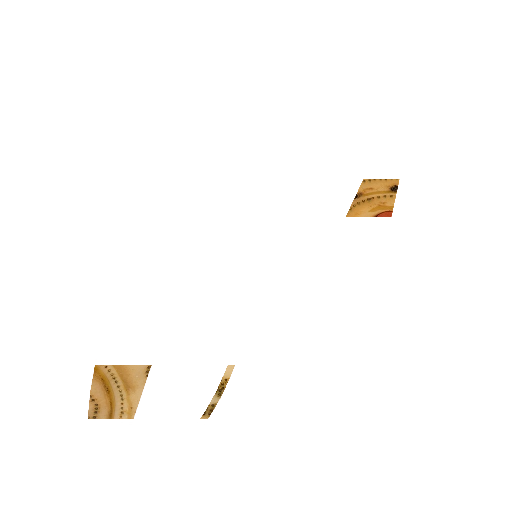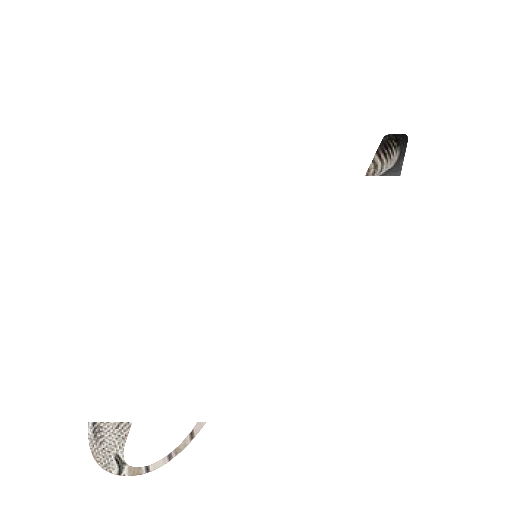An English goldsmith and silversmith working in the Neoclassical style during the late eighteenth and early nineteenth centuries. His works range from simple tableware to magnificent sculptural pieces made for royalty.
Paul Storr was England's most celebrated silversmith during the first half of the nineteenth century and his legacy lives on today. His pieces historically and currently adorn royal palaces and the finest stately homes throughout Europe and the world. Storr's reputation rests on his mastery of the grandiose neo-Classical style developed in the Regency period. He quickly became the most prominent silversmith of the nineteenth century, producing much of the silver purchased by King George III and King George IV. Storr entered his first mark in the first part of 1792, which reflects his short-lived partnership with William Frisbee. Soon after, he began to use his PS mark, which he maintained throughout his career with only minor changes. His first major work was a gold font commissioned by the Duke of Portland in 1797 and in 1799 he created the "Battle of the Nile Cup" for presentation to Lord Nelson.
Much of Storr's success was due to the influence of Philip Rundell, of the popular silver retailing firm, Rundell, Bridge and Rundell. Rundell's firm nearly monopolized the early nineteenth-century market for superior silver and obtained the Royal Warrant in 1806. This shrewd businessman realised the talent of Paul Storr and began pursuing him in 1803, however it was not until 1807 that Storr finally joined the firm. After many years of working for Rundell, Storr realised he had lost much of his artistic freedom and by 1819 he left the firm to open his own shop, turning his attentions towards more naturalistic designs and soon began enjoying the patronage he desired. After only a few years of independence, Storr realised he needed a centralised retail location and partnered with John Mortimer, founding Storr and Mortimer in 1822 on New Bond Street.
Son of Thomas Storr of Westminster, first silver-chaser later innkeeper. Apprenticed c. 1785. Before his first partnership with William Frisbee in 1792 he worked in Church Street, Soho, which was the address of Andrew Fogelberg at which Storr's first separate mark is also entered.
First mark entered as plateworker, in partnership with William Frisbee, 2 May 1792. Address: 5 Cock Lane, Snow Hill.
Second mark alone, 12 January 1793. Address: 30 Church Street, Soho.
Third mark, 27 April 1793.
Fourth 8 August 1794. Moved to 20 Air Street, 8 October 1796, (where Thomas Pitts had worked till 1793).
Fifth mark, 29 November 1799.
Sixth, 21 August 1807. Address 53 Dean Street, Soho.
Seventh, 10 February 1808.
Eighth ?
Ninth, 21 October 1813.
Tenth, 12 September 1817. Moved to Harrison Street, Gray's Inn Road, 4 March 1819, after severing his connection with Rundell, Bridge and Rundell.
Eleventh mark, 2 September 1883. Address: 17 Harrison Street.
Twelfth and last mark, 2 September 1833.
Heal records him in partnership with Frisbee and alone at Cock Lane in 1792, and at the other addresses and dates above, except Harrison Street.
Storr married in 1801, Elizabeth Susanna Beyer of the Saxon family of piano and organ builders of Compton Street, by whom he had ten children. He retired in 1838, to live in Hill House in Tooting. He died 18 March 1844 and is buried in the churchyard of St Nicholas, Tooting. His will, proved 3 April 1844, shows an estate of £3,000.
There is a memorial to him at the church of St Mary, Otley, Suffolk put up in 1845 by his son the Rev. Francis Storr, the incumbent.
An example of his work is the cup made for presentation to the British admiral Lord Nelson to mark his victory at the Battle of the Nile.
Items from Storr's workshops may be seen at Windsor Castle and during the summer opening season at Buckingham Palace. There are significant holdings of items in the National Silver Collection at the Victoria and Albert Museum as well as in the Wellington Collection at Apsley House. Outside London there are important works at Brighton Pavilion, at the Bowes Museum, Barnard Castle and at Woburn Abbey. In the United States there are holdings of Paul Storr at the Museum of Fine Arts, Boston, and the Metropolitan Museum, New York, among others. The Birmingham Museum of Art in Alabama has two significant pieces, one of which is illustrated here. In Canada, there are significant pieces in the Museum of Fine Arts, Montreal and the Winnipeg Art Gallery, Winnipeg, Manitoba. Australia has holdings at the National Gallery of Victoria in Melbourne. In Portugal there is a fascinating group of silver made by Storr at the Casa Museu Medeiros e Almeida, Lisbon, whereas in Russia, at the State Hermitage Museum, there is silver supplied to Tsar Nicholas I and members of the aristocracy by Hunt & Roskell, successors to Storr & Mortimer.
A WILLIAM IV SILVER-GILT WATER POT
LONDON 1834
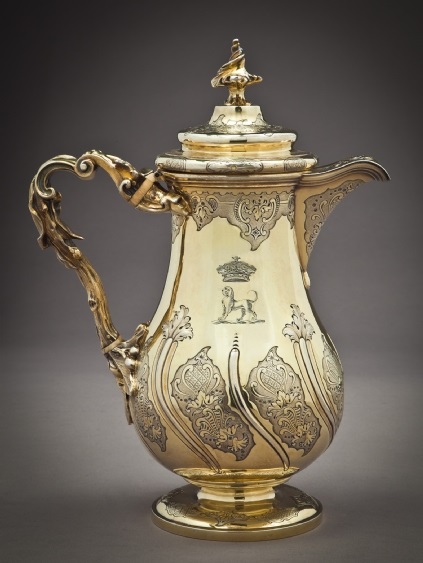
A GEORGE III SILVER DESSERT STAND
LONDON 1813
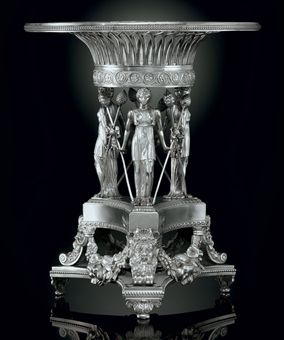
A WILLIAM IV SILVER-GILT TOAST RACK
LONDON 1832
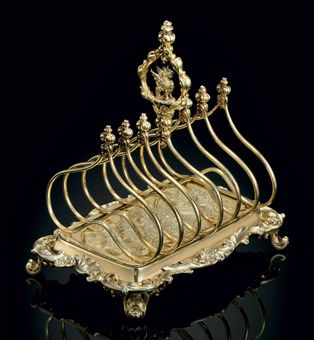
A GEORGE III SILVER-GILT CENTERPIECE
LONDON 1814
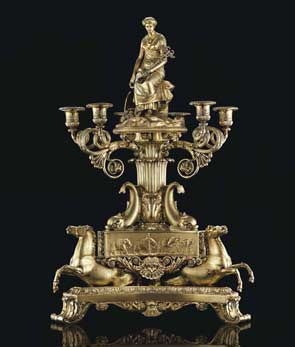
A PAIR OF GEORGE III SILVER WINE COOLERS
LONDON 1808
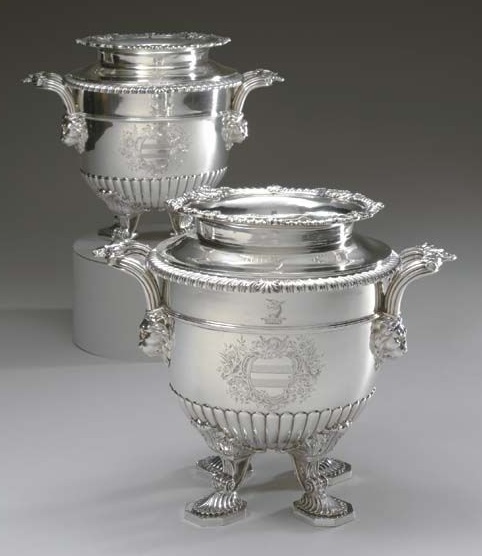
A GEORGE IV SILVER-GILT WARWICK VASE
LONDON 1820
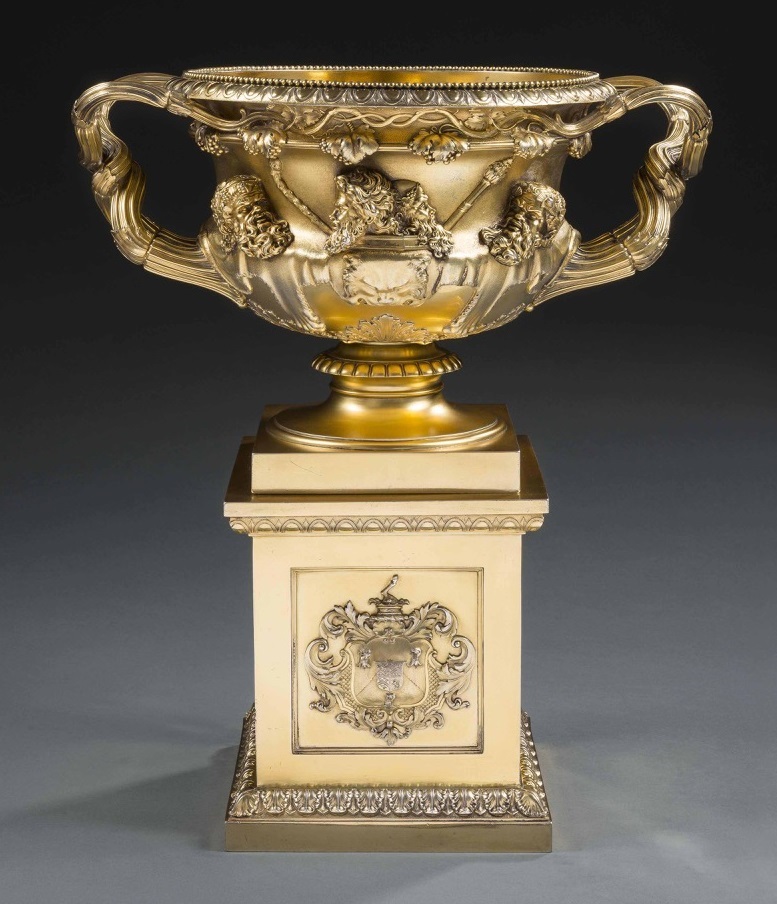
A WILLIAM IV SILVER-GILT EWER
LONDON 1831
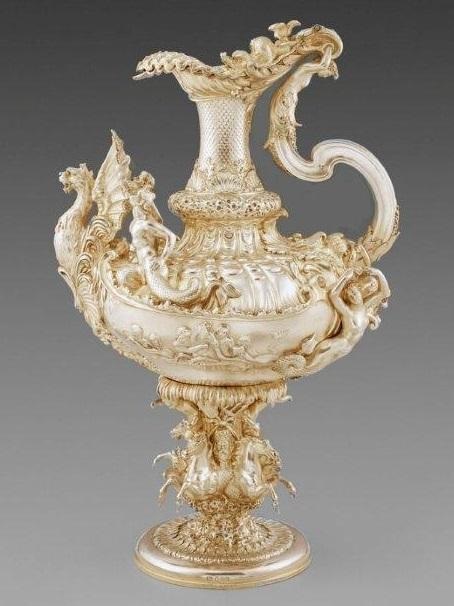
A PAIR OF GEOREG III IV SILVER BOTTLE COASTERS
LONDON 1818
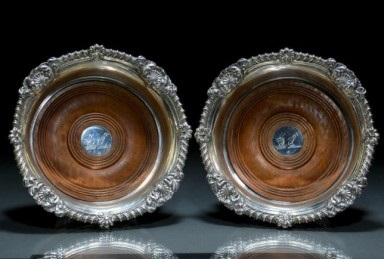
A GEOREG III SILVER COFFEE POT ON STAND
LONDON 1816

A SET OF FOUR WILLIAM IV SILVER SALTS
LONDON 1834
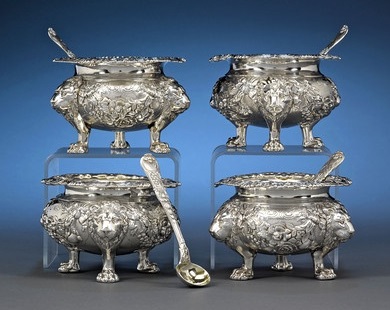
A SET OF FOUR GEORGE III SILVER-GILT DINNER PLATES
LONDON 1811
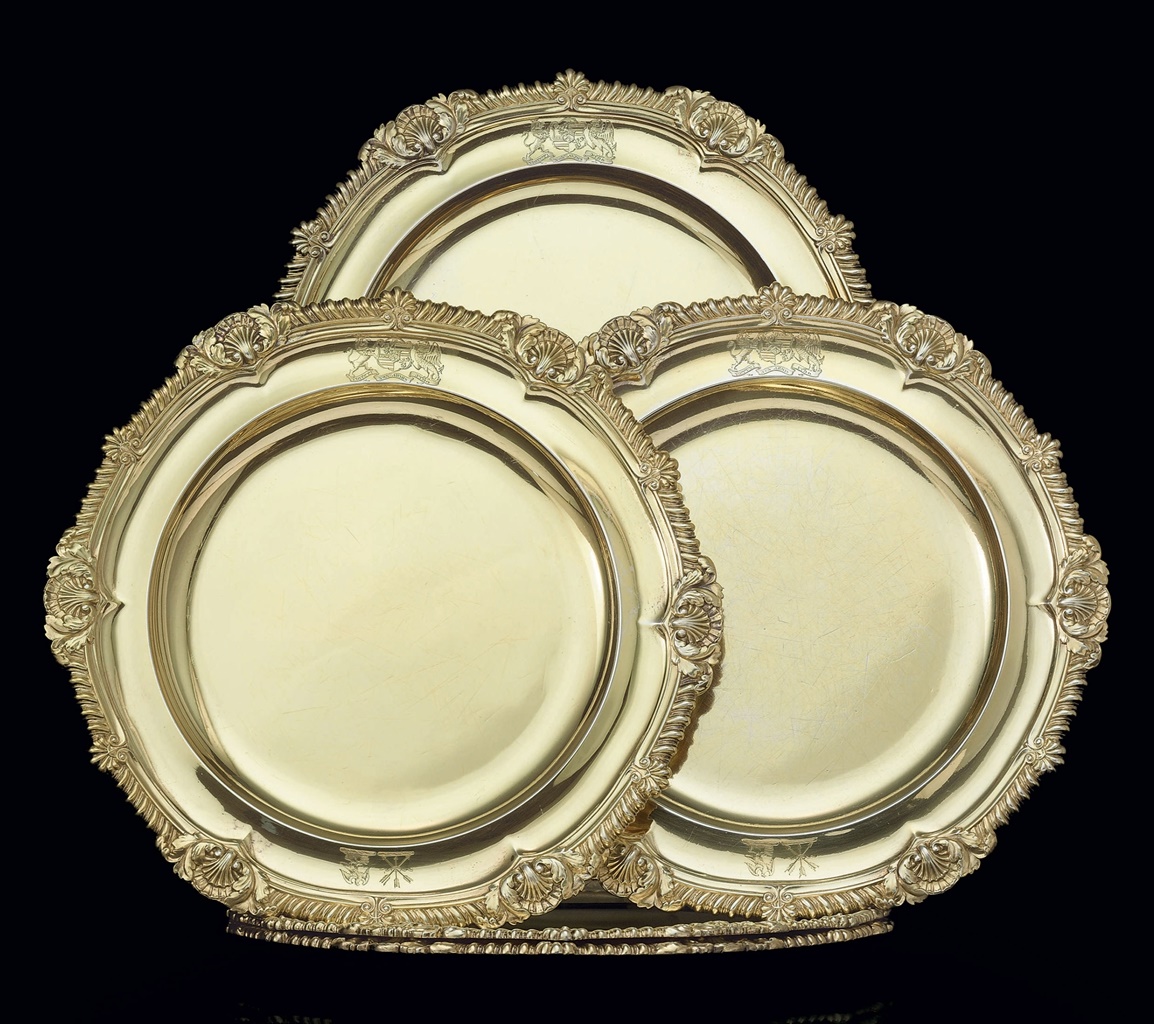
A GEORGE III SILVER SOUP TUREEN
LONDON 1805
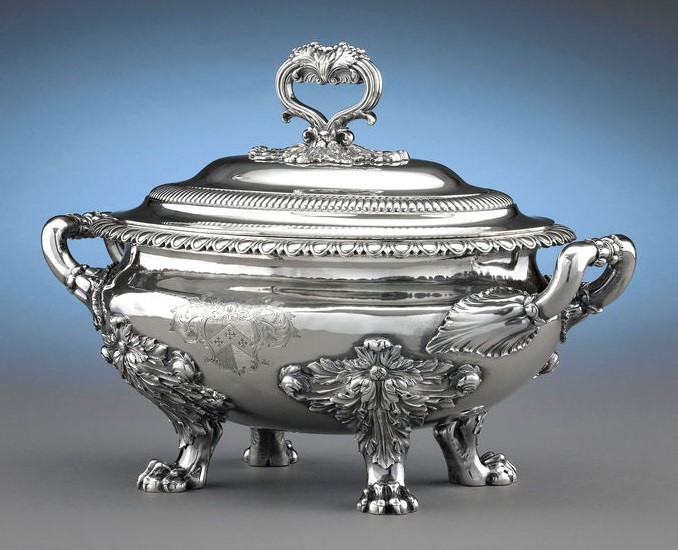
A GEORGE III SILVER INKSTAND
LONDON 1817
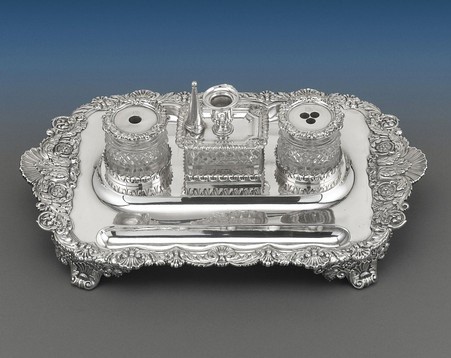
A PAIR OF GEORGE III SILVER SAUCE BOTS
LONDON 1819
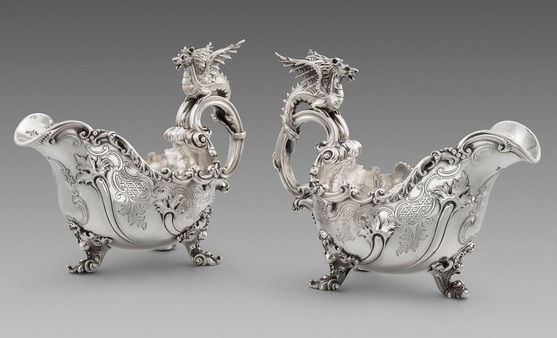
A PAIR OF WILLIAM IV SILVER CANDLESTICKS
LONDON 1834
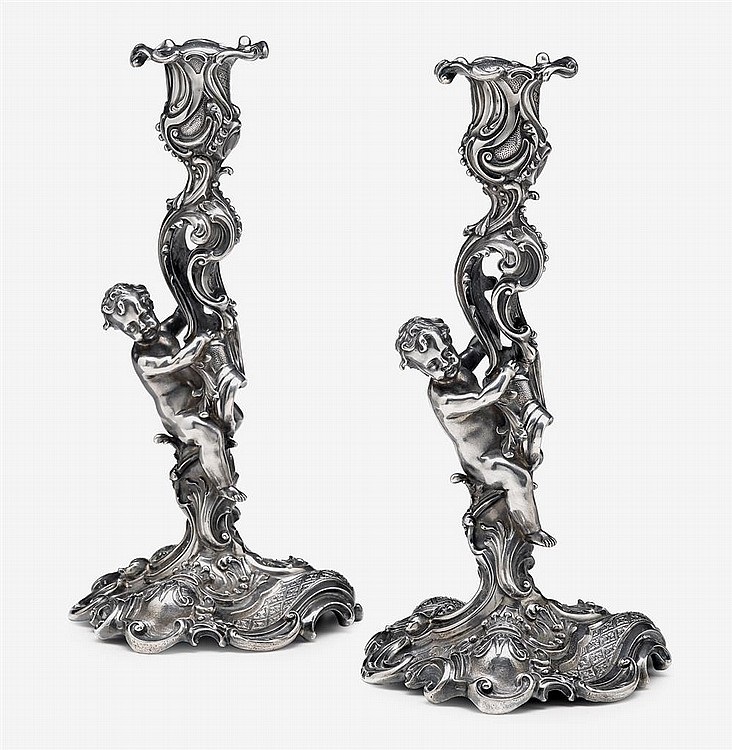
A GEORGE IV SILVER TEA URN
LONDON 1822
